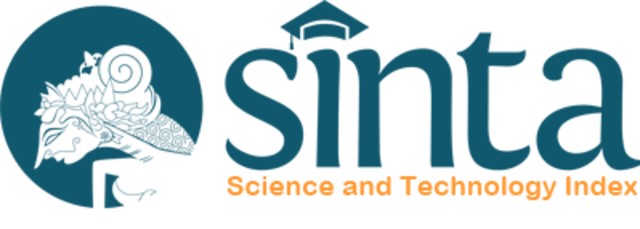Strategi Pengembangan Pada Produk Inovasi Biskuneo (Studi Kasus: Tenant Badan Riset Inovasi Nasional)
Abstract
Biskuneo is one of the innovative products resulting from research by the National Innovation Research Agency (BRIN) to find the right commercialization strategy based on market demand to support industry needs. The aims of this study were (1) to identify internal and external factors that influence the development strategy of Biskuneo innovation products and (2) to compile the application of the Biskuneo innovation product canvas business model to business development. The canvas business model method is used to map the condition of Biskuneo products, followed by a descriptive and quantitative analysis consisting of an internal factor evaluation matrix (IFE), an external factor evaluation matrix (EFE), an internal-external matrix (IE), a matrix of strengths, weaknesses, opportunities, and threats (SWOT). The IFE calculation result is 2.339 and the EFE calculation result is 2.580 which is mapped in the IE matrix in cell V, indicating that Biskuneo is in a position to grow and develop. Strategy determination in the SWOT matrix is in quadrant I (SO strategy), namely the product has great opportunities and strengths so that it can take advantage of existing opportunities. The recommended strategy is an aggressive/progressive strategy.
Downloads
References
[BPK] Badan Pemeriksa Keuangan. 2013. Peraturan Presiden (PERPRES) no 27 tahun 2013 ten-tang pengembangan inkubator wirausaha. Jakarta(ID): BPK.
[BPK] Badan Pemeriksa Keuangan. 2017. Peraturan Presiden (PERPRES) no 106 tahun 2017 tentang Kawasan Sains dan Teknologi. Jakarta(ID): BPK.
[CSES] Centre for Strategy & Evaluation Services. 2002. Final Report: Benchmarking of Busi-ness Incubators [internet]. [Diunduh pada 2019 Desember 30].Tersedia pada http://ec. europa.eu/DocsRoom/documents/2769/attachments/1/translations/en/renditions/pdf.
Abdullah, Fathi S.M. 2009. PESTEL Framework and Porter’s Five Forces Model [internet]. [Diunduh pada 2020 Januari 20]. Tersedia pada https://www.scribd.com/doc/161710-96/PESTEL-Framework-and-Porter-s-FiveForces-Model.
Churchill, N., V. Lewis. 1983. The five stages of small business growth. Harvard Business Review. 61(3).
Dietrich, F., B. Harley, J. Langbein. 2010. Develop-ment Guidelines for Technology Business Incubator. Germany (DE): Inwent.
Hasbullah, R., M. Surahman, A. Yani, D.P. Almada, N.F. Elisa. 2014. Model pendampingan UMKM pangan melalui Inkubator Bisnis Perguruan Tinggi. Jurnal Ilmu Pertanian Indonesia, 19(1): 43.
Morris, M.H., D.F. Kuratko, J.G. Covin. 2008. Corporate Entrepreneurship and Innova-tion. 5th Ed. USA: Thomson South West.
Newton, P. 2014. What is the PESTLE Analysis. [internet]. [Di unduh pada 2020 januari 20] tersedia pada https://bookboon. com/en/what-is-the-pestle-analysis-ebook.
Osterwalder, A., Y. Pigneur. 2010. Business model generation: a handbook for visioneries, game changers, and challengers. New Jersey (US): John Wiley & Sons. Inc
Pena, I. 2004. Business Incubation Centers and New Firm Growth in the Basque Country. Small Business Economics, 22(4): 223-236.
Rangkuti, F. 2004. Analisis SWOT Teknik Membedah Kasus Bisnis, PT. Gramedia Pustaka Utama, Jakarta.
Timmons, J.A. 1990. New Venture Creation: Entre-preneurship in the 1990s. Homewood (IL): Irwin.
10.53697/jid.v2i2.23















